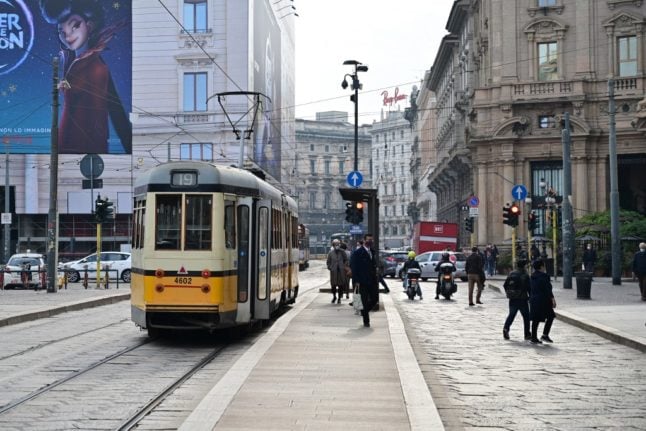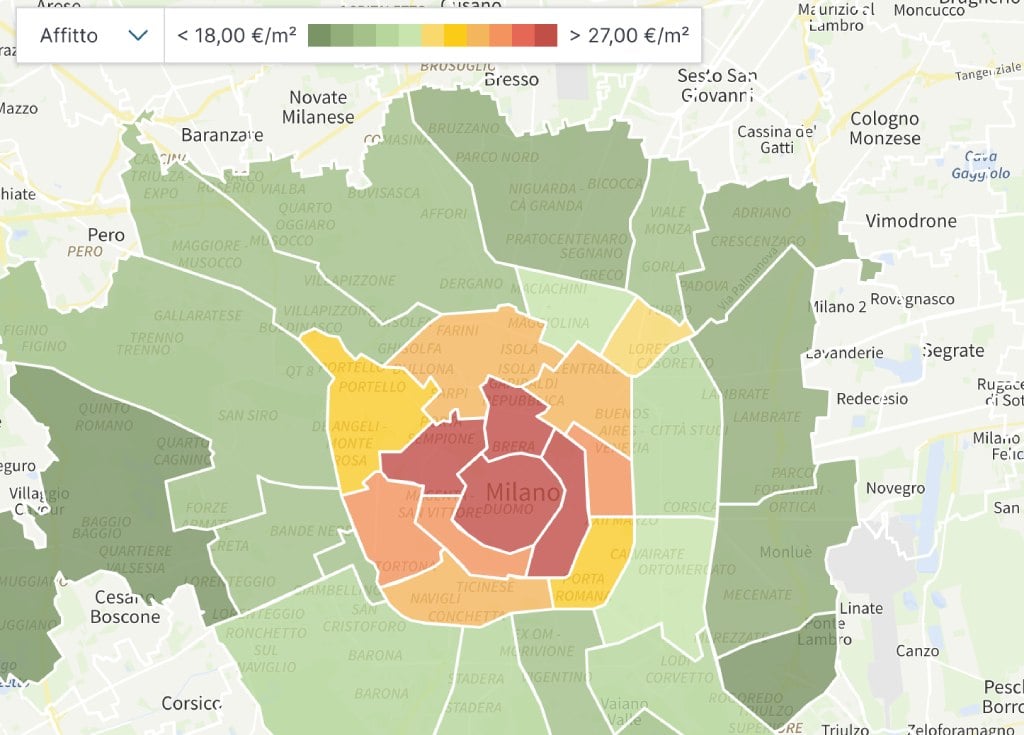As the European energy crisis continues, many Italian cities are struggling to square their accounts and Milan, Italy’s second-largest metropolitan area, seems to be at the top of that unenviable list.
Last week, La Repubblica reported that energy bills for Palazzo Marino, the seat of the city’s authorities, would add up to a whopping 130 million euros, more than twice the amount spent last year (60 million).
READ ALSO: EXPLAINED: How much are energy prices rising in Italy this autumn?
After weeks of back-to-back talks with union leaders and academic experts, Milan’s mayor Giuseppe Sala unveiled the city’s new energy-saving plan on Wednesday.
The new measures, which are estimated to save the northern city up to 1.5 million euros, were announced just days after Italy’s outgoing government introduced tighter nationwide restrictions on gas heating.
So what are the key points of Milan’s latest plan to fight the so-called caro energia (soaring energy bills)?
Firstly, the city’s street lights will be on for one hour less each night, with lampposts across the metropolitan area switching off at an earlier time in the morning.
READ ALSO: Climate zones: When can you turn your heating on Italy this winter?
Private businesses and shops will also be asked to keep their signs and window lights off outside of opening hours.
Sala’s plan is also set to affect public transport: the comune has already instructed city transport company ATM to reduce temperatures by two degrees on electric buses and trams.

Finally – and this is perhaps the most interesting point in Milan’s new energy programme – a number of government buildings will remain shut on Fridays, with around 2,000 employees being asked to work from home or, should that not be possible, work from nearby offices.
Though the above measure hasn’t been made official yet, it should apply to the following five buildings:
-
- The seat of municipal accountancy in Via Silvio Pellico
- Construction, traffic and social assistance offices in Via Sile
- IT offices in Via Gian Battista Vico
- HR offices in Via Bergognone
- Education offices in Via Durando
After doubts were raised this week as to how the planned Friday closures would affect the public, Sala reassured residents that the measure will only affect offices open to the public “in a very limited way”.
READ ALSO: Energy crisis: Italy risks ‘thousands’ of business closures, say industry groups
That said, a number of private companies, including banking group Intesa San Paolo, are reportedly considering the introduction of remote working provisions akin to Sala’s – something which might significantly change Milan’s occupational landscape in the coming months.
Sala’s plan is also expected to encompass a number of other measures, including a campaign advising residents on how to save energy starting on October 18th.

It is currently unclear whether other Italian cities will follow Milan’s example and bring in similar energy-saving arrangements.
Many comuni across Italy have already told residents that Christmas lights and decorations will be downsized this year.
Florence’s local authorities are considering replacing the city’s usual ‘light festival’ with alternative decorations powered by renewable energy, whereas Venice will remove Christmas lights in early January as opposed to early March.





 Please whitelist us to continue reading.
Please whitelist us to continue reading.
Member comments